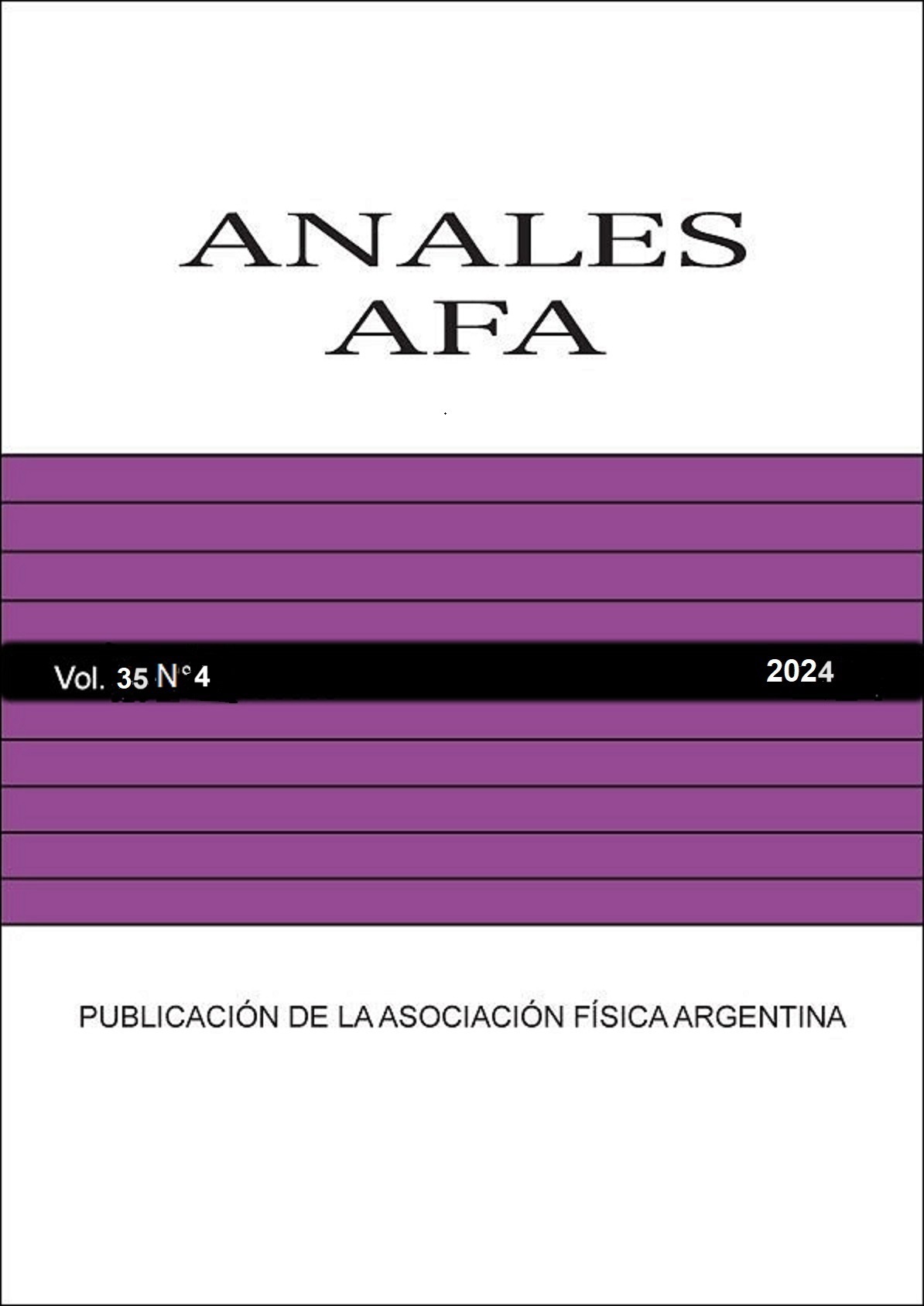FUNERARY TOWERS CHULLPA IN THE LAUCA RIVER VALLEY: A FIRST ARCHAEOASTRONOMICAL ANALYSIS
Abstract
In this work we employ the methods of archaeoastronomy to analyze the orientation, possibly astronomical, of numerous groups of chullpa funerary towers, mainly from the 12th to 16th centuries, located in the Lauca River valley of the central Bolivian highlands. Despite their great historical relevance, both regarding the beliefs and funerary customs of the local populations and the characteristics of the landscape in the highlands, little is known about the relationship of these mortuary monuments with the sky. Several authors, from chroniclers of the colonial era to more modern explorers, indicate that the tomb towers of these regions are oriented in such a way that important parts of their structure (in general, the entrances of the chullpas) point towards the sunrise on the eastern horizon, in order to be imbued with the first rays of the Sun. However, the sunrise changes its location noticeably at different times of the year. Given the lack of written information or other forms of original documentation, in order to affirm the use of a systematic orientation, it is necessary to measure a statistically significant number of monuments. We present here the results of the analysis of the precise spatial orientation of the entrances of 80 towers measured in situ during field work in the Lauca River valley. We find that, except for a few, all the buildings have the openings’ axes oriented towards the east and within the solar range, between the extreme azimuths of the annual movement of the Sun as it crosses the local horizon, with a notable concentration of entrances that point slightly towards the north of due east. Our work is the first systematic study of the orientations of the chullpa towers of the Lauca River and can provide crucial information to understand the evolution and scope of the chullpa phenomenon in the Bolivian highlands and in the entire surrounding region.
Keywords: funerary tower orientation, archaeoastronomy, aymara culture, astronomy and society.
Published
Versions
- 2025-02-07 (6)
- 2025-01-03 (5)




